Geocentric and Heliocentric Models
7.3 - Understand early geocentric models of the Solar System7.4 - Understand the advantage of the addition of epicycles, as described by Ptolemy
8.1 - Understand the contribution of the observational work of Brahe in the transition from a geocentric to a heliocentric model of the Solar System
8.2 - Understand the contribution of the mathematical modelling of Copernicus and Kepler in the transition from a geocentric to a heliocentric model of the Solar System
11.24 - Understand the importance of Galileo's early telescopic observations in establishing a heliocentric (Sun-centred) model of the Solar System
GEOCENTRIC THEORY
You already know as a fact that the Earth and all solar system bodies orbit the Sun but for centuries astronomers believed that the Sun and planets orbited the Earth.
To us it looks natural. Celestial bodies appear to orbit us. Astronomers asked that if the Earth did spin then why don't we fly off it. Why would birds be able to fly from one position to another without flying backwards and why did the stars not move from one half of a year to another. This was before people understood about the forces of gravity and celestial motion.
This became known as the GEOCENTRIC theory (things that start with 'geo' are to do with earth, things that start with 'helio' are to do with the sun). This problem with the geocentric theory is that it was wrong.
Some ancient astronomers such as Aristarchus of Samos and Seleucus of Seleucia proposed that Earth orbits the Sun. No-one listened to them as the observational evidence did not support their argument. However many still felt there was something not quite right about how they viewed their model. The orbits of inner planets seemed very elaborate - see the apparent orbit of the inner bodies image. The outer planets sometimes seemed to move backwards.
Ptolemy
A philosopher called Ptolemy looked at the visual evidence and formed the theory that there were cycles that the planets orbited and attached to each was its own cycle. These cycles were called 'epicycles'. He reconciled the observational evidence to some degree. This model was widely accepted for hundreds of years until later astronomers.
MOVEMENT TO HELIOCENTRIC THEORY
Copernicus
Copernicus put forward a theory called the HELLIOCENTRIC theory which put the Sun at the centre of the solar system. He wrote a book called 'Dē revolutionibus orbium coelestium' - 'On the revolutions of heavenly spheres'. In this book all bodies moved around the Sun (with the exception of the Moon orbiting Earth) and had circular orbits (no epicycles were needed). All mathematical observations of the movements of the planets supported this, especially retrograde motion of outer planets caused by Earth's motion. Authorities and the public were careful to accept it as it turned against perceived wisdom. There were also some verses in the Bible which mentioned the Sun's movement and the Earth's lack of movement and a challenge to them may not be popular. His book was published after his death and the idea spread among scientists including Brahe, Kepler and Galileo.
Tycho Brahe
Tycho Brahe was an astronomer whose personal life was as varied as his astronomical one. Brahe had issues with the Copernican model and proposed a Geo-Heliocentric Model where the Moon and Sun orbited Earth but everything else orbited the Sun. This system removed the epicycles of Ptolemy. He believed Earth was too 'lazy' a body to move and his arguments were both religious and based on observation. Later you will learn about parallax - how stars very subtly change apparent position over the course of a year. Brahe made thousands of naked eye observations over many years. He said that no parallax was visible - indeed it would be difficult with the naked eye to measure any, Brahe made his observations without aid.
Kepler
Kepler was Tycho Brahe's assistant in Prague. Despite this he was influenced by Copernicus's writings. He refined the heliocentric theory. Armed with Tycho's observations he noticed planets did not follow circular orbits but were elliptical - this became one of his later laws that we shall look at later.
Galileo
Copernicus and Kepler's ideas were all well and good but where was the observational evidence. Ladies and Gentlemen, I give you Galileo Galilei. As well as being the only well-known astronomer with two G's and four L's in his name, Galileo was the first telescopic observer to make published astronomical observations. He found two discoveries to provide evidence to support the heliocentric theory including:
- Discovery of Jupiter's main moons - if everything orbited Earth, why did these obviously orbit Jupiter?
- Venus had phases - How could this occur if it orbited Earth rather than the Sun.
His publications meant he got into trouble with the Church at the time but his work ensured the heliocentric became widely accepted after. By the time of Isaac Newton the theory had been proved and accepted as fact.

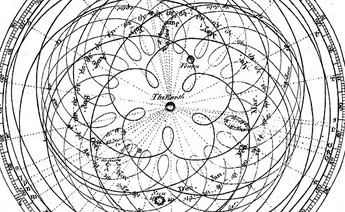

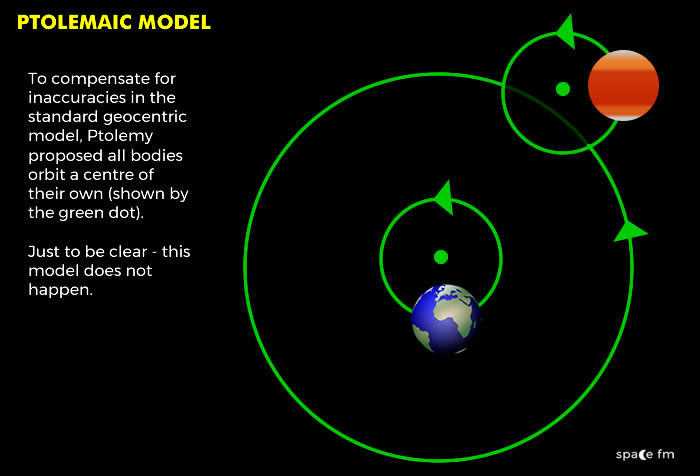

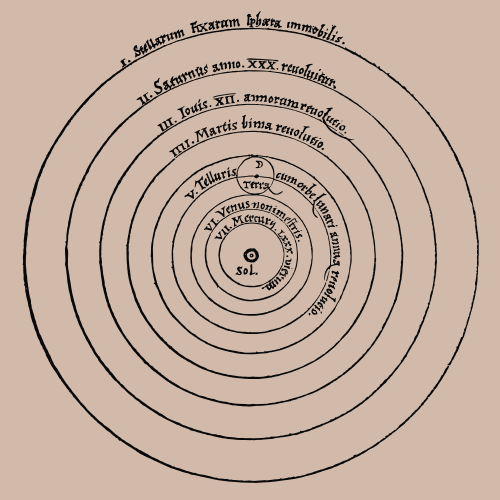



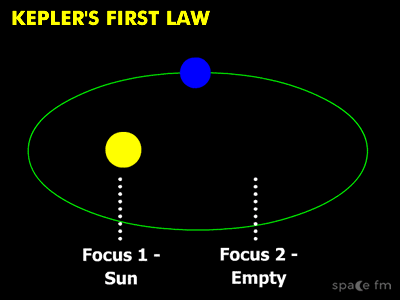
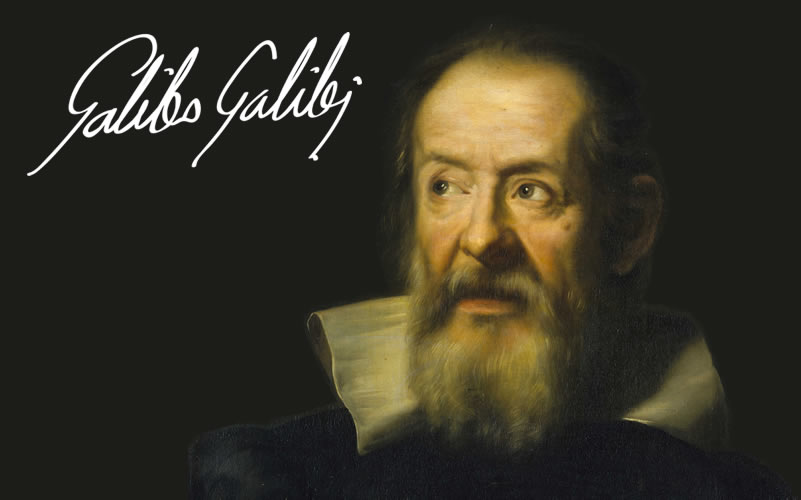
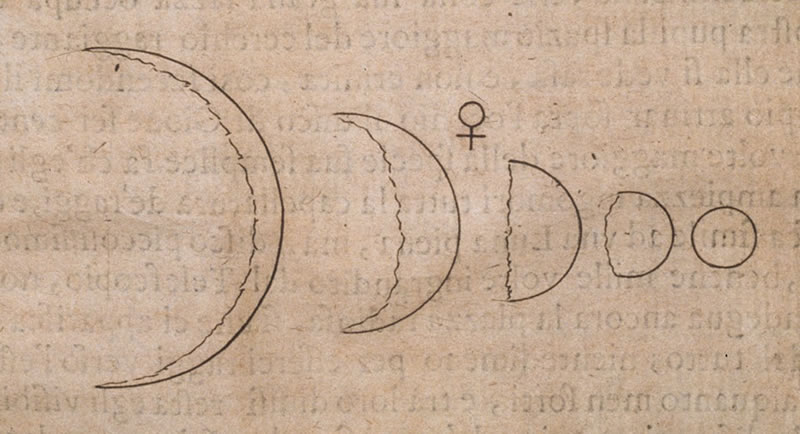

 | © All Rights Reserved |
| © All Rights Reserved |